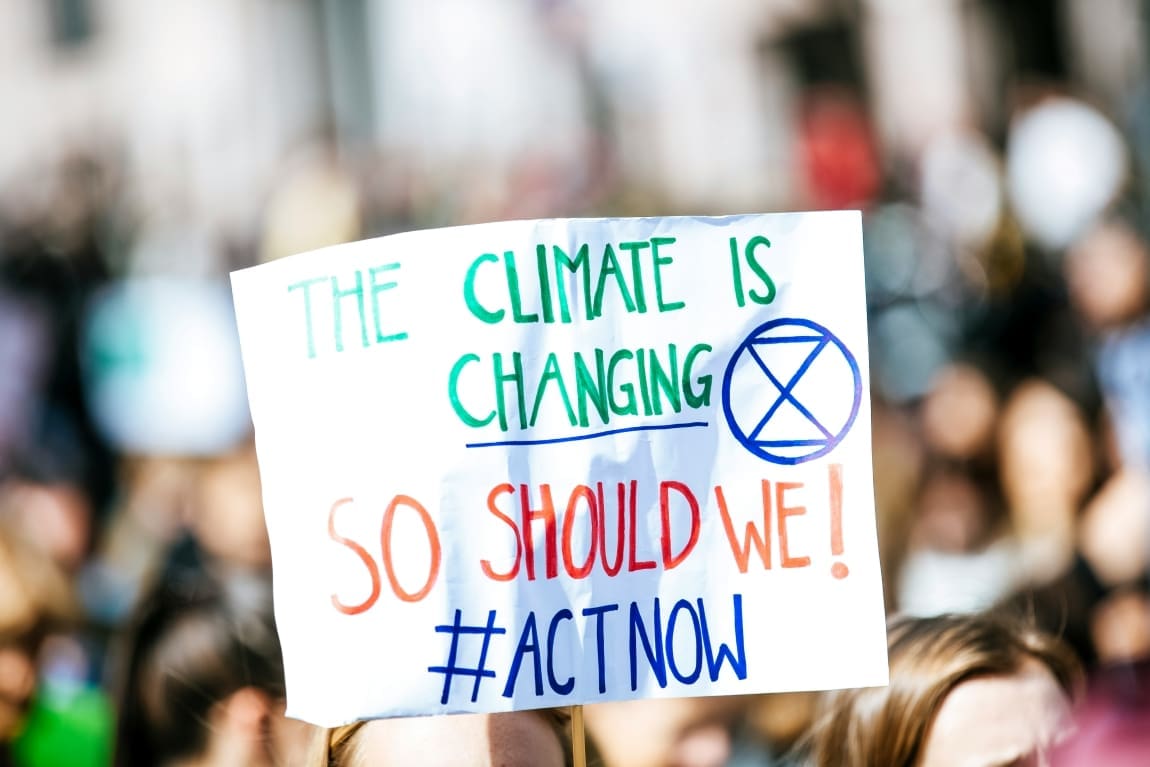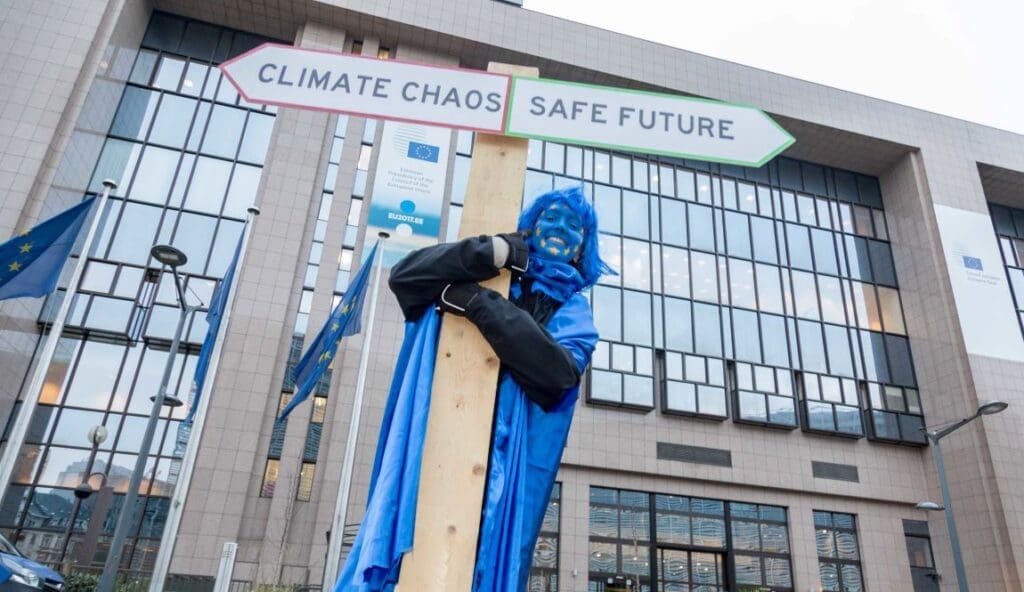A recent international study has revealed that communicating the scientific consensus on human-caused climate change can significantly strengthen public belief in the phenomenon and its causes across the globe. The research, co-led by Bojana Većkalov from the University of Amsterdam and environmental psychologist Sandra Geiger from the University of Vienna, surveyed over 10,000 individuals from 27 countries across six continents.
The findings, published in the journal Nature Human Behaviour, demonstrate the power of consensus messaging in dispelling misconceptions about climate change, regardless of geographical location.
For decades, climate scientists have largely agreed that human activities are the primary drivers of climate change. This consensus, which began forming in the 1980s, is now overwhelmingly supported, with 97% to 99.9% of climate scientists concurring that climate change is real and that human actions are the main cause.
Despite this, many people around the world still underestimate the level of scientific agreement on this issue. The new study aimed to address this gap by examining how people’s perceptions and beliefs about climate change shift when they are informed of the scientific consensus.
The study involved an international team of 46 researchers who presented different messages about the scientific consensus to over 10,500 participants. The researchers then gauged participants’ opinions on climate change.
“We observed that previous findings from the United States hold true in other parts of the world as well,” said Bojana Većkalov. “Across all 27 countries, people responded similarly to the scientific consensus on the existence and causes of climate change.”
Sandra Geiger explains: “Prior to reading about the consensus among climate scientists, people estimated this consensus to be much lower than it really is. In response to reading about it, they adjusted their own perceptions, believed more in climate change, and worried more about it – but they did not support public action on climate change more.”
One intriguing aspect of the study was its exploration of how people reacted to the additional information that 88% of climate scientists view climate change as a crisis. Surprisingly, this fact did not significantly impact participants’ beliefs or attitudes. Većkalov hypothesized that this might be because the gap between perceived and actual consensus was smaller in this case, leaving less room for adjustment in beliefs.
The study’s findings underscore the importance of consistently communicating the scientific consensus on climate change. “Especially in the face of increasing politicization of science and misinformation about climate change, cultivating universal awareness of the scientific consensus will help protect public understanding of the issue,” emphasized Sander van der Linden, a senior author from the University of Cambridge.
The study also highlights the necessity of testing behavioral science findings across diverse global contexts to ensure their robustness and applicability.
In addition to Geiger and Većkalov, the research team included Mathew White and Jakob Götz from the University of Vienna. Notably, the study also involved students and early-career researchers from the Junior Researcher Programme (JRP) and the Global Behavioral Science (GLOBES) program at Columbia University, reflecting a collaborative and multidisciplinary approach to addressing one of the most pressing issues of our time.
Journal Reference:
Većkalov, B., Geiger, S.J., Bartoš, F. et al. ‘A 27-country test of communicating the scientific consensus on climate change’, Nature Human Behaviour (2024). DOI: 10.1038/s41562-024-01928-2
Article Source:
Press Release/Material by University of Vienna
Featured image credit: Markus Spiske | Unsplash




